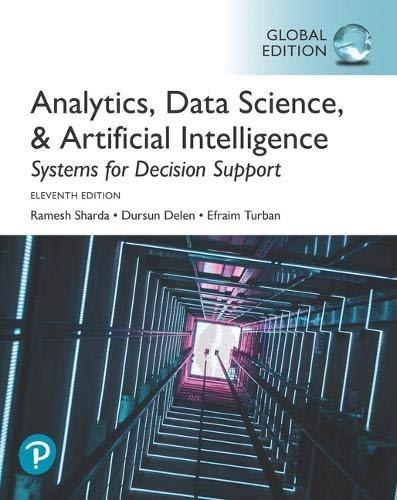There are some people who want to kill animals like the lions and cheetahs. We would like
Question:
"There are some people who want to kill animals like the lions and cheetahs. We would like to teach them, there are not many left," says WildTrack officials.
The more we can study their behavior, the more we can help to protect them-and sustain the earth's biodiversity that supports us all. Their tracks tell a collective story that holds incredible value in conservation. Where are they going? How many are left? There is much to be learned by monitoring footprints of endangered species like the cheetah.
WildTrack, a nonprofit organization, was founded in 2004 by Zoe Jewell and Sky Alibhai, a veterinarian and a wildlife biologist, respectively, who had been working for many years in Africa monitoring black and white rhinos. While in Zimbabwe, in the early 1990s, they collected and presented data to show that invasive monitoring techniques used for black rhinos were negatively impacting female fertility and began to develop a footprint identification technique. Interest from researchers around the world who needed a cost-effective and noninvasive approach to wildlife monitoring sparked WildTrack.
Artificial intelligence may help people recreate some of the skills used by indigenous trackers.
WildTrack researchers are exploring the value AI can bring to conservation. They think that AI solutions are designed to enhance human efforts-not replace them. With deep learning, given enough data, a computer can be trained to perform humanlike tasks such as identifying footprint images and recognizing patterns in a similar way to indigenous trackers-but with the added ability to apply these concepts at a much larger scale and more rapid pace. Analytics really underpins the whole thing, potentially giving insights into species populations that WildTrack never had before.
The WildTrack footprint identification technique is a tool for noninvasive monitoring of endangered species through digital images of footprints.
Measurements from these images are analyzed by customized mathematical models that help to identify the species, individual, sex, and age class. AI could add the ability to adapt through progressive learning algorithms and tell an even more complete story.
Obtaining crowdsourcing data is the next important step toward redefining what conservation looks like in the future. Ordinary people would not necessarily be able to dart a rhino, but they can take an image of a footprint.
WildTrack has data coming in from everywhere-too much to manage traditionally.
That's really where AI comes in. It can automate repetitive learning through data, performing frequent, high- volume, computerized tasks reliably and without fatigue.
"Our challenge is how to harness artificial intelligence to create an environment where there's room for us, and all species in this world," says Alibhai.
Questions for Case 6.3
1. What is WildTrack and what does it do?
2. How can advanced analytics help WildTrack?
3. What are the roles that deep learning plays in this application case?
Step by Step Answer:

Analytics Data Science And Artificial Intelligence Systems For Decision Support
ISBN: 9781292341552
11th Global Edition
Authors: Ramesh Sharda, Dursun Delen, Efraim Turban





